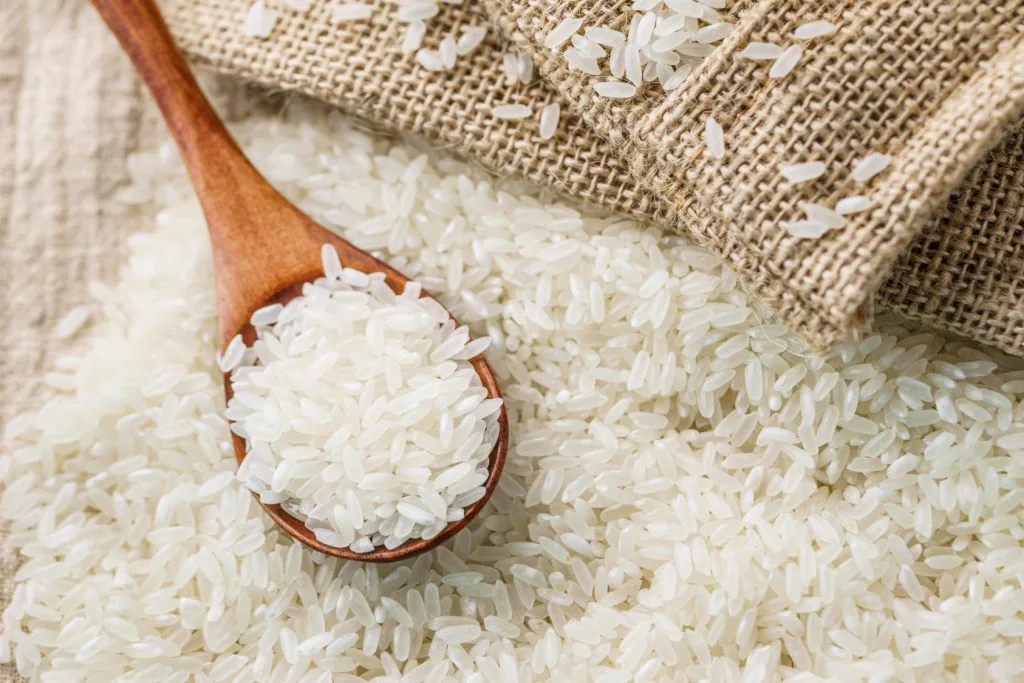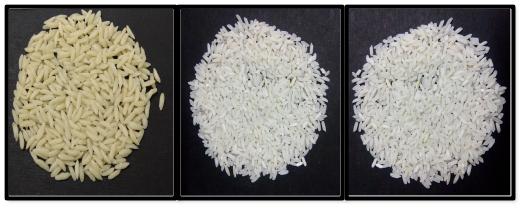ISI Mark for Fortified rice kernels (FRK)

Fortified rice kernels (FRK)
Rice fortification increases essential micronutrients
The Bureau of Indian Standards (BIS) has set quality standards for machines that make fortified rice kernels, as the country aims to tackle malnutrition by stepping up efforts to provide fortified rice through various government programmes.Rice fortification is done in order to increase essential micronutrients in rice to improve the nutritional quality of the food supply. In India, rice is fortified largely by using extrusion technology. Under the extrusion process, milled rice is first pulverised and mixed with a premix containing vitamins and minerals. Fortified rice kernels (FRK) are then produced from this mixture using extruder machines. To get fortified rice, these kernels, which look similar to rice grains, are then blended with traditional rice in ratios that range from 1:50 to 1:200, with the ideal being 1:100, as per information available on the Food Safety and Standards Authority of India’s website.Standardising ratioOfficials said that discussions are on to fix standards for these machines in order to standardise the ratio of pre-mix that is used to develop fortified rice kernels. This ratio is critical to ensure that the taste, aroma and texture of fortified rice is nearly identical to traditional rice.
Given the different varieties of rice grown in different regions of the country, the thought process behind setting these standards is that if 4-5 kinds of shapes are fixed in these machines, it will ensure that fortified rice kernels are developed in-line with the sizes of the different varieties of rice. So, when it gets blended with traditional rice, it becomes a homogenous mix, officials added.
The Food Safety and Standards Authority of India has already set standards for fortified rice in the country. The level of fortification per kg of iron, folic acid and vitamin B12 have been set under these standards. These standards also include permissible levels of other micronutrients such as zinc, vitamin A, vitamin B1 and vitamin B2 in fortified rice.

What is Fortification
- According to the Food Safety and Standards Authority of India (FSSAI) fortification is defined as “deliberately increasing the content of essential micronutrients in a food so as to improve the nutritional quality of food and to provide public health benefit with minimal risk to health”.
- When micronutrients such as iron, folic acid, and other B-complex vitamins, vitamin A and zinc are added to regular rice, keeping in mind the dietary nutritional requirements of the human body, the process is called rice fortification.
- Rice fortification can be achieved by multiple technologies. The most popular one is the process of ‘extrusion’ wherein fortified rice kernels (FRKs) are produced from the raw material mixture using an extruder machine.
Importance of Testing Fortified Rice
- With levels of malnutrition rising among women and children in the country, the production of Fortified Rice Kernels has become crucial and so has been its testing.
- Although fortification of food is considered to be one of the most suitable methods to combat malnutrition, it has to be done scientifically and with thorough care so that the component of nutrients are mixed accurately.
- Several guidelines have been laid for fortification. Testing helps ensure that the standards are upheld.

